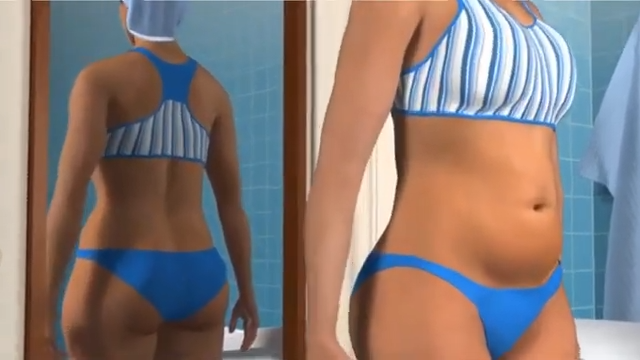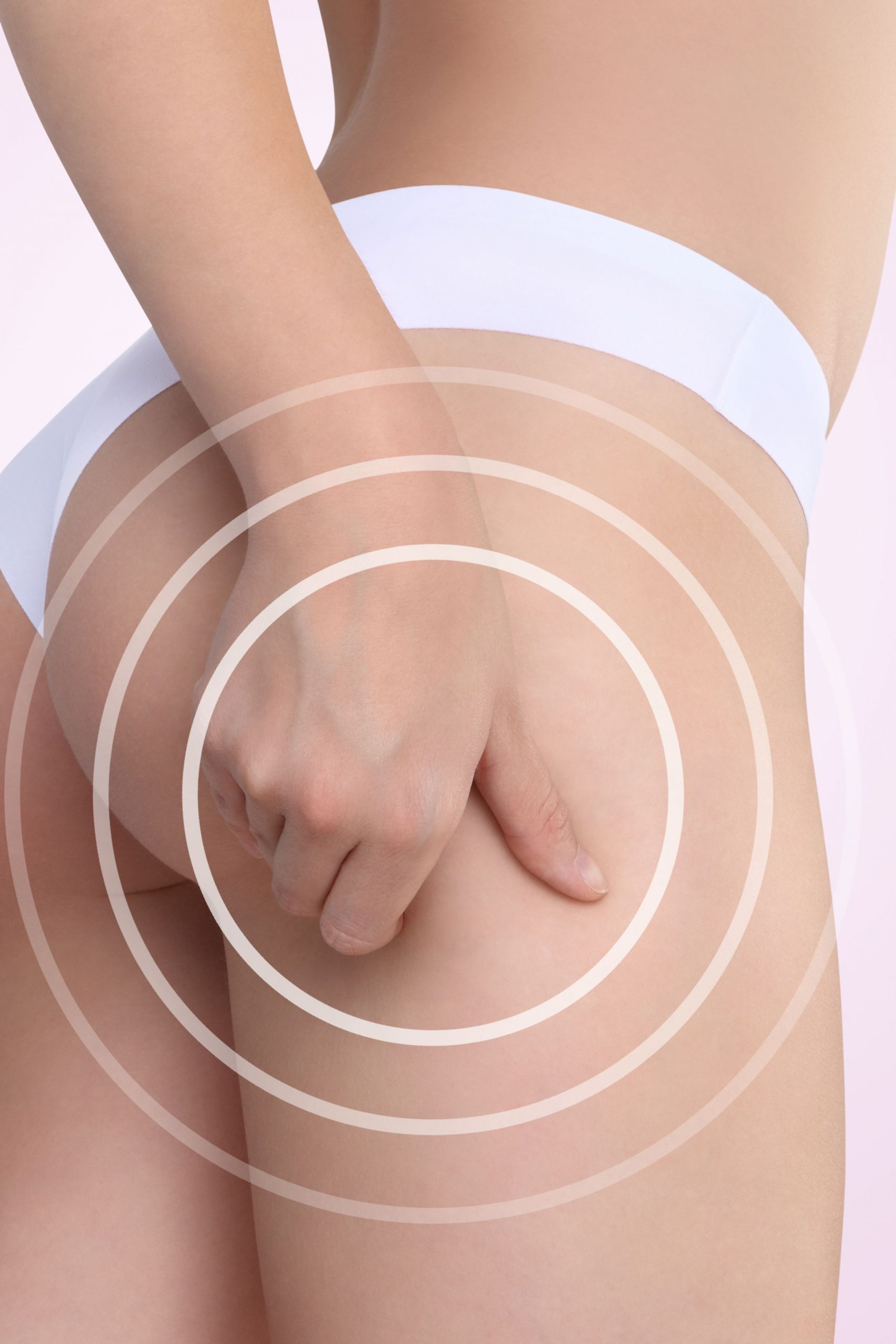
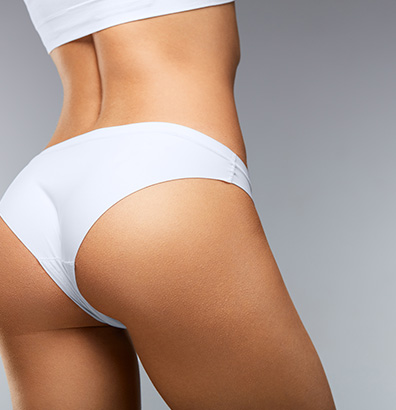
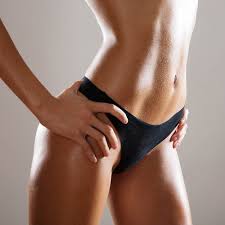
Thigh Lift in Turkey
Thigh lift surgery reshapes the thighs by reducing excess skin and fat, resulting in smoother skin and better-proportioned contours of the thighs and lower body.
If fitness and weight control efforts have not achieved your goals for a body that is firmer, more youthful-looking and more proportionate to your overall body image, a surgical lift may be right for you.
What thigh lift surgery can’t do
Thigh lifts are not intended strictly for the removal of excess fat. Liposuction alone can remove excess fat deposits where skin has good elasticity and is able to naturally conform to new body contours.
In cases where skin elasticity is poor, a thigh lift along with liposuction may be recommended.
Liposuction Animation
GET QUOTE IN 3 MINUTES
You can get a free analysis in under 3 minutes with our online assistant
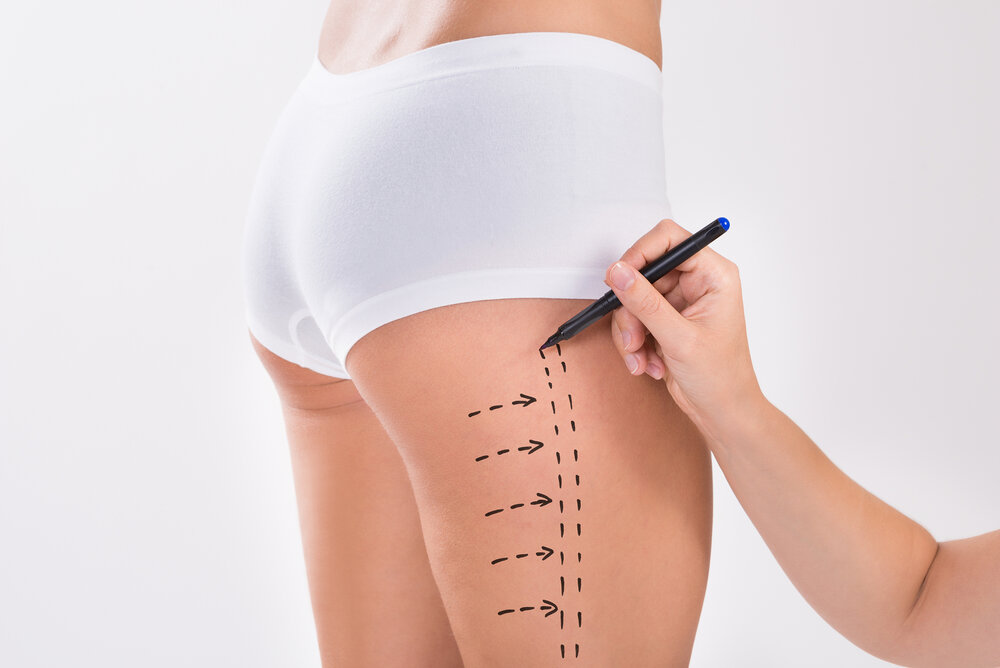
What are the Different Thigh Lift Techniques?
There are several different varieties of thigh lift surgery. The type of technique is decided by the size and shape of the area, among other factors.
Inner Thigh Lift
This technique is exactly as the name implies, on the inner thigh. It is used to get rid of excess fat in the inner thigh area that patients are unable to get rid of through dieting and exercising. It can also help tighten the skin in the inner thigh area where the skin elasticity has been reduced due to aging.
Bilateral Thigh Lift
This technique is used to remove larger amounts of skin than some of the other techniques. A bilateral thigh lift is usually recommended for those who have excess skin due to a massive amount of weight loss.
Medial Thigh Lift
This technique is also good for those looking to get rid of excess fat in the thighs due to weight loss, or just for those who are unhappy with the way their skin looks in their thigh area.
Combinations
In certain cases, a patient can choose to combine some of these techniques for optimal results. Factors that play a role in whether a combination of techniques is possible for certain patients include:
- Quality of skin
- Areas requiring the procedures
- How much skin and fat need to be removed
- Patient preferences
- Doctor expertise
Testimonial
Thigh Lift Post-Op Instructions
Frequently Asked Questions
What is thigh lift?
This operation is performed to eliminate the problem of prolonged sagging of the skin in the thigh area of the body by the effect of overweight gain or advancing age.
Why is it done?
This operation is performed to address the problem of loosening and sagging skin in the thigh area of the body caused by excess weight gain and loss or aging.
What is thigh sagging? Why does it occur?
The skin loses its elasticity with aging as well as its tightness with excess weight gain and loss and the subcutaneous adipose tissue thins, which all cause the leg skin particularly in inner thigh to droop downward. Dropping skin folds usually accumulate toward mid-thigh and sometimes toward the knee.
How is thigh lift performed?
Thigh lift surgery removes excess skin folds and fattening in upper and inner sides of legs. In thin patients with minor excess skin folds, excess skin is removed, and the skin is stretched and sutured, leaving a flat scar on the inner sides of groin. In patients with high excess skin folds and fattening, it is applied together with liposuction method.
How long does thigh lift operation take?
It varies according to the body condition of the patient. Thigh lift surgery usually takes about 2-3 hours.


